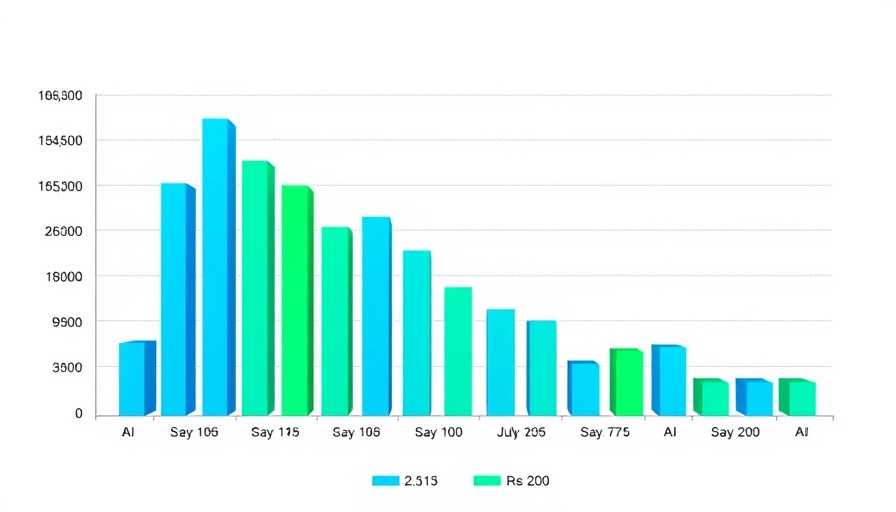
How AI Agents Are Revolutionizing Business Operations and Digital Marketing
As we stride into a future defined by technology, AI agents are leading the charge, seamlessly integrating into various sectors and becoming pillars of innovation. According to a McKinsey report, the global economy could gain an astonishing $4.4 trillion annually through AI adoption, with intelligent AI agents at the forefront of this transformation. But what exactly are these AI agents and how are they reshaping our industries?
Understanding AI Agents: The Building Blocks of Automation
AI agents are software systems capable of acting autonomously to perform tasks with minimal human intervention. These agents utilize techniques such as machine learning and natural language processing (NLP) to analyze and respond to inputs from their environment. They fall into two main categories:
- Reactive Agents: These operate based on predefined rules without any memory of past interactions.
- Deliberative Agents: Capable of reasoning and learning, these agents adapt their responses based on previous experiences, making them ideal for dynamic environments.
From chatbots providing customer support to more sophisticated systems managing complex logistics tasks, AI agents are become integrated into the fabric of our digital transformation.
The Growing Role of Conversational AI Agents
Conversational AI agents, including chatbots and virtual assistants, are revolutionizing customer interactions. By utilizing NLP, these agents engage users in a more human-like manner, directly enhancing engagement and service efficiency. In fact, reports suggest that the global chatbot market could reach $9.4 billion by 2024, underlining their increasing significance in digital marketing strategies.
Businesses now leverage these AI agents to automate routine inquiries while freeing human employees to handle more complex issues. The result? Enhanced customer satisfaction and loyalty.
Autonomous AI Agents: Navigating a New Era
Self-driving cars and drones represent another frontier for AI agents. These autonomous systems harness sensors and advanced algorithms to navigate challenging environments, a shift that is already transforming industries from transportation to surveillance. The implications for logistics are profound; AI-driven technologies could optimize supply chains, reduce costs, and even save lives by minimizing accidents.
AI Agents Impacting Digital Marketing
In the realm of digital marketing, AI agents are tools of transformation. They analyze user data, assess market trends, and even create bespoke content tailored to the needs of specific audiences. Integrating AI into digital marketing strategies offers clarity on campaign KPIs, automates complex reporting, and ultimately enhances ROI.
For instance, AI agents can analyze online consumer behavior in real-time, allowing marketers to adjust strategies on the fly, optimizing ad spend and improving conversions. Companies that adopt AI in their marketing processes are likely to see increased engagement, brand loyalty, and ultimately, sales.
Future Predictions: The Road Ahead for AI Agents
The trajectory for AI agents points towards broader adoption across industries. With 43% of enterprises planning to integrate AI agents into core operations by 2025, the question isn’t if, but when AI will redefine workflows and business practices.
As we look to the horizon, organizations that embrace these technologies will not only improve operational efficiencies but also innovate in ways we can only begin to fathom. It’s clear that AI agents are not just tools; they are partners in our quest for progress and efficiency.
Taking Action: Are You Ready for the AI Revolution?
The potential for AI agents to shape the future of businesses and digital marketing is immense. They are not a passing trend but a necessary adaptation for survival in an increasingly digital world. As a professional, business owner, or marketer, it’s crucial to harness the capabilities of AI agents not just to keep up but to excel.
Are you prepared to integrate AI into your operations? By understanding and adopting these innovative technologies today, you’ll be well-positioned for tomorrow’s challenges and opportunities.
 Add Row
Add Row  Add
Add 




Write A Comment